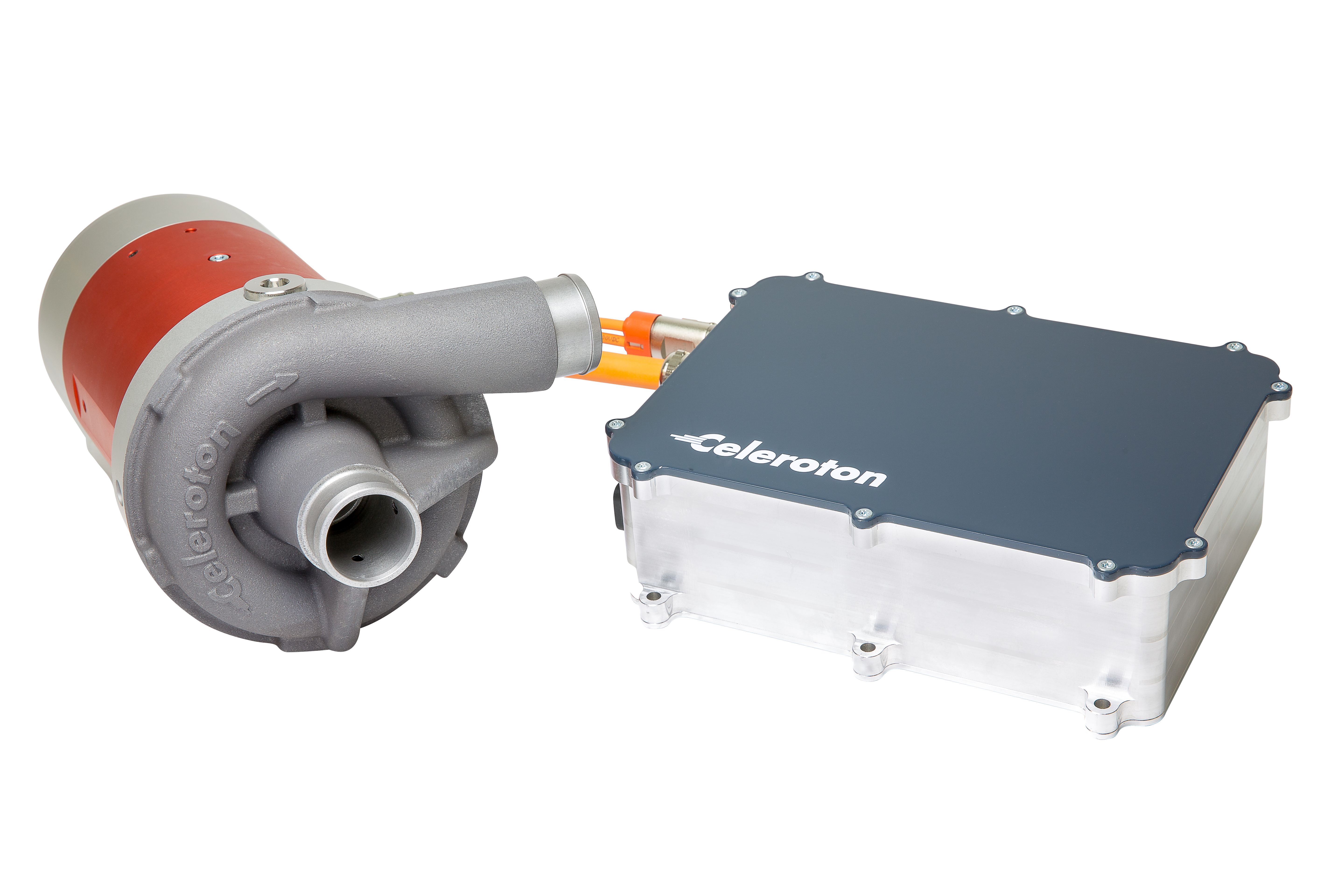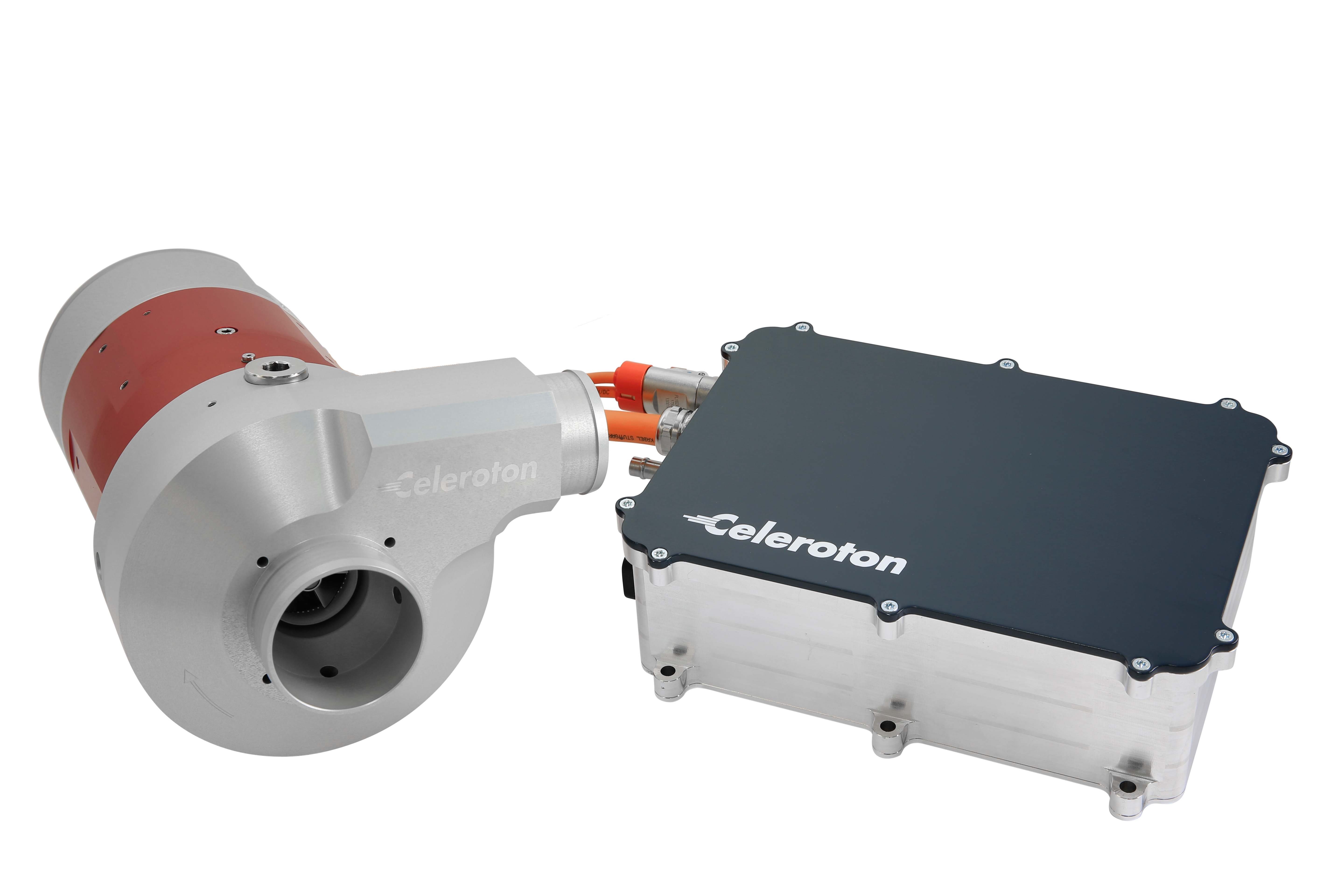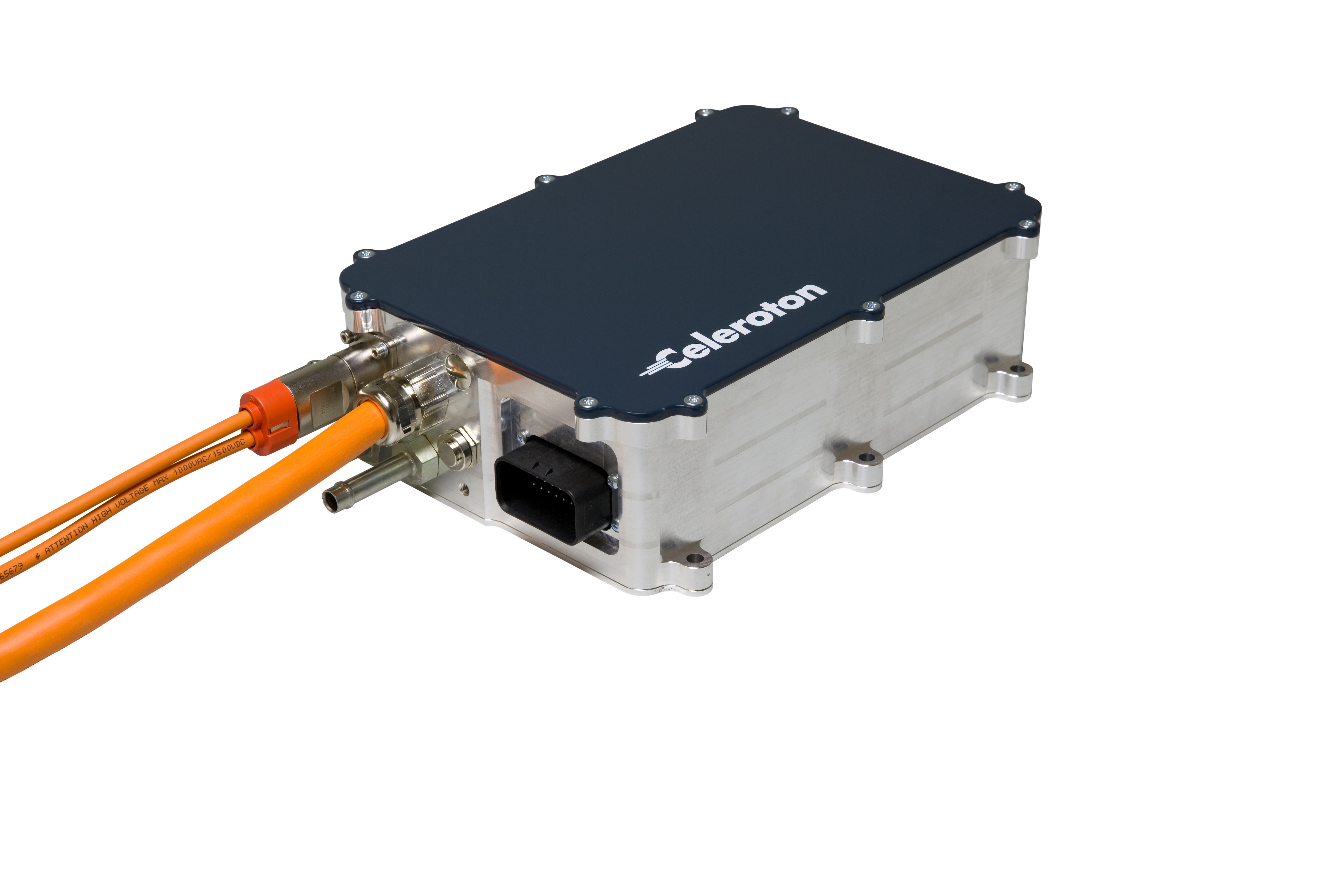Additional solutions
We have other solutions in our portfolio which are not shown on the website. We also develop customer-specific solutions. Please contact us, to discuss your technical requirements. You can find our contact details here.
The different methods of sensorless control
For the control of PMSM and BLDC motors, the rotor angle must be detectable. Normally, this is detected by means of Hall sensors or encoders. The goal of sensorless control is to completely eliminate the need for sensors in the motor. This has several advantages. Particularly in compact motors, the installation space requirement and the number of connecting cables and plugs are reduced. Since there is one less electronic component in the motor without a rotor angle sensor, the reliability of the servo system also increases.
Meanwhile, three important methods exist to enable sensorless control of motors.
- observer-based control
- zero crossing detection
- Measurement of the rotor angle-dependent inductance
Zero crossing detection detects when the regenerative voltage induced in the motor changes polarity. In the Oberver method, an observer runs along (real-time observation of the motor system equations). By comparing the expected motor state with the actual sensed values, the rotor position and speed can be calculated. Inductance method: the inductance of a motor changes depending on the rotor angular position. When comparing the transverse inductance and the longitudinal inductance, the rotor angle can be calculated.
Abstract
Depending on the application, we combine the different methods of sensorless control to achieve the optimum result. Often customers send us their engine for a lab test to make sure your load cycle is achievable. Contact us to discuss your application.



